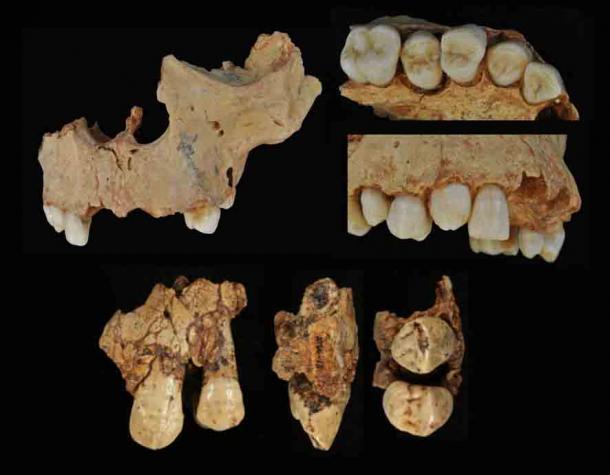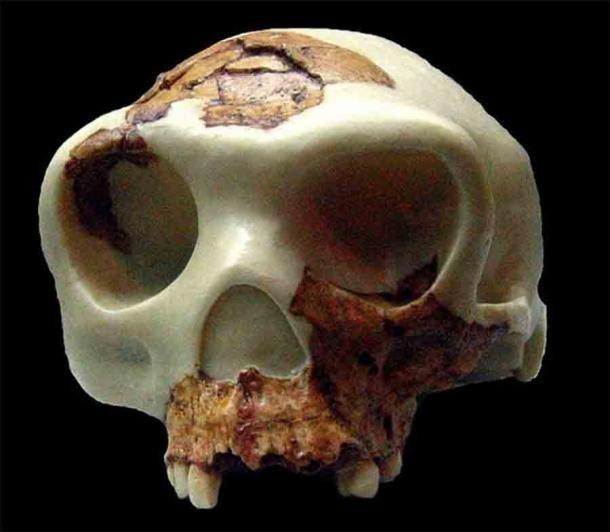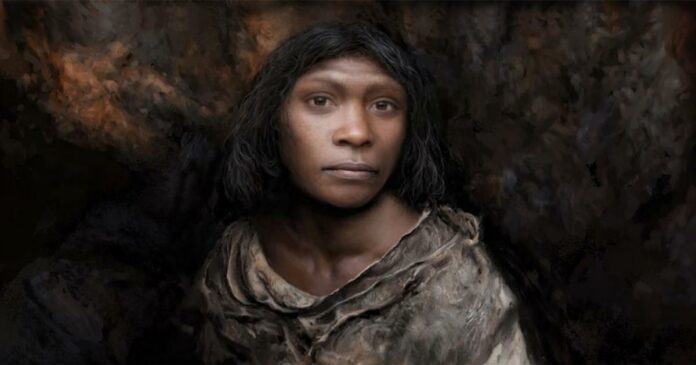History is filled with tales of women who disguised themselves as men to fight in wars, seize thrones, and overthrow empires. Yet, a recent discovery adds a unique twist to this narrative: an 800,000-year-old skeleton initially thought to be a boy has been revealed by scientists to be a prepubescent female.
New Insights into Sexual Dimorphism in Ancient Fossils
Today, a team of scientists explained to the global media the significance of sexual dimorphism, which is a crucial aspect of the variability observed in the fossil record. They emphasized that the scarcity of fossils has historically hindered accurate assessments of intrapopulation variability in extinct groups, making it difficult to determine the sex of isolated specimens. In simpler terms, the limited number of early human fossils has traditionally made it challenging to distinguish between males and females.

Additionally, the absence of key bones like the pelvis in many skeletons has made it difficult for researchers to determine whether a set of fossilized remains belonged to a male or female individual.
However, this uncertainty is now being addressed as a team of scientists has developed new methods to analyze the chemical composition of ancient teeth, allowing them to distinguish between male and female remains.
The Discovery at Gran Dolina
In the early 1960s, during the construction of a railway line in the Atapuerca Mountains in northern Spain, deep trenches revealed the Gran Dolina archaeological site. Excavations began in 1964, uncovering anthropogenic artifacts and human fossils from early humans.

Between 1994 and 1995, over 80 bone fragments from five or six hominins, dating back between 850,000 and 780,000 years, were found. This discovery was at least 250,000 years older than any other hominid remains found in western Europe. Interestingly, about 25% of the bones showed manipulation marks suggestive of cannibalism, though this aspect will be revisited later.
The Groundbreaking Research
The new research was published in the Journal of Anthropological Sciences by the Dental Anthropology Group at the Centro Nacional de Investigación de la Evolución Humana (CENIEH). Researchers discovered a skeleton in level TD6 at Gran Dolina, belonging to the species Homo antecessor “H1.” The individual known as “H3,” or the “Boy of Gran Dolina,” was the focus of this new study. The analysis of the canines revealed that while H1 was a young male, fossil H3 was “probably a female.” Dr. Cecilia García-Campos, who led the research, explained that this means the famous “Boy of Gran Dolina” was actually a girl.
Assessing Sexual Dimorphism 800,000 Years Ago
Sexual dimorphism, where two sexes of the same species exhibit different characteristics beyond their sexual organs, has been difficult to assess in ancient populations. The challenge has been due to the limited and fragmented nature of the available skeletons. Most H. antecessor skeletons are from immature individuals who had not reached sexual maturity.
José María Bermúdez de Castro, Paleobiology Program Coordinator at CENIEH and co-director of the Atapuerca site, stated that the new study offers a reliable, non-destructive method to estimate sex in ancient remains. According to a report on Archaeology News Network, one of the most significant findings of this study is the verification that the remains of individual H3 from Gran Dolina belonged to a girl aged between 9 and 11 who lived around 800,000 years ago. Consequently, she has been renamed the “Girl of Gran Dolina.”




